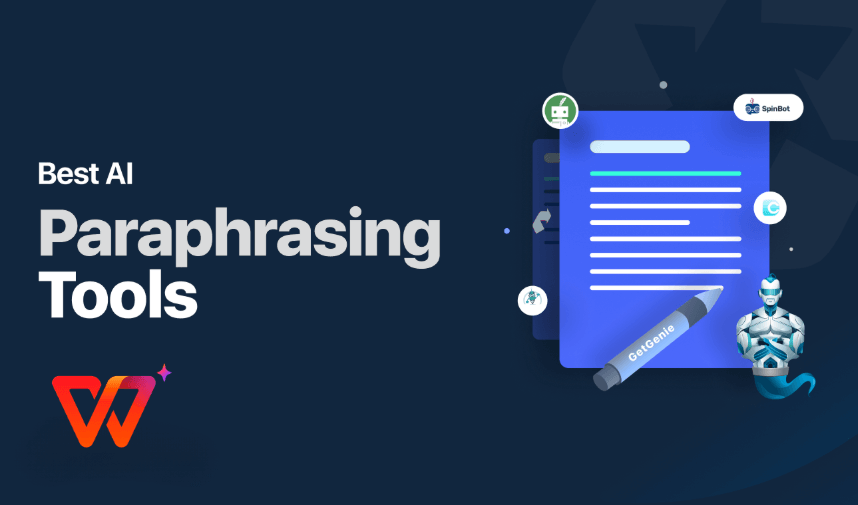The digital ghostwriter is here, and it’s powered by artificial intelligence. Across university campuses and colleges, a new question lingers in lecture halls: “Did you write this, or did an AI?” Tools such as ChatGPT are gaining sufficient power to compose an essay in just a few seconds. Institutions are struggling to redefine academic integrity for the 21st century. With the growing use of digital tools by students to accomplish their assignments, Griffith understands the importance of drawing the line between those writing tools that enhance the learning process and those that lead to a violation of academic integrity. Griffith focuses on promoting legitimate writing assistance while discouraging the use of AI essay generators that can undermine the learning process.
The approach taken by Griffith does not deny the fact that technology could help in education when applied properly. Griffith encourages students to utilize writing resources, including grammar checkers, citation managers, and AI paraphrasing tools options which help improve clarity without generating content artificially. Such a moderate course of action proves the fact that Griffith is trying to walk a fine line between innovations in the technological front and protecting the traditional ideals of academics, such as honesty.
Griffith flags essay AI as academic dishonesty. These powerful platforms can take a simple prompt and generate a complete, reasonable paper in minutes. While technologically impressive, they pose a direct threat to the principles of learning. Using an essay ai outsources critical thinking, research synthesis, and the very act of writing—the foundational skills that education is meant to build. It is a shortcut that brings you to the wrong path, without any intellectual process.
These policy reforms are very timely as educational institutions are faced with this challenge and are in need of practical solutions. The active leadership of Griffith in this regard sets a significant precedent for how educational institutions can move forward in addressing the ever-growing complexity of the topic of AI-assisted writing tools and how and where to apply them within academic establishments.
The extensive guidelines provided by Griffith provide significant distinctions among different types of tools that assist in writing and help students realize what kind of writing tools can be used in support of academic tasks without the fear of crossing the line to academic dishonesty. The traditional assistance tools, such as advanced spelling checkers, grammatical correction, and paraphrasing tools, can not only be used but are also highly recommended.
Griffith specifically endorses and promotes paraphrase tool alternatives that focus on providing synonym suggestions and sentence restructuring based on established linguistic patterns and traditional language principles, rather than relying on artificial intelligence systems. These approved tools help students express their original ideas more clearly and effectively while ensuring the intellectual work, critical thinking, and creative expression remain authentically their own.
In contrast, essay ai platforms that can generate entire paragraphs, complete essays, research papers, or other substantial written content are strictly prohibited under Griffith’s updated academic integrity policies. This is because, when a student uses an AI essay to write their paper, they are no longer the author. The machine carries the intellectual work of setting arguments, selecting evidence, and writing sentences. It compromises the point of the assignment, which is to make the student show his/her personal knowledge and ability to analyze; therefore, it violates the basic rule of help to replace.
Griffith shows students the appropriate paraphrasing techniques, proper citation techniques, and revision and editing methods that make students’ written work better without losing its original essence. Also, faculty members receive extensive, ongoing training designed to help them recognize the important differences between students’ work that has been appropriately enhanced by acceptable tools and content that has been generated by essay ai systems or other prohibited artificial intelligence platforms. Griffith’s forward-thinking policy promotes a culture of responsible and effective learning. Encouraging students to use assistive technology validates the use of digital aids while reinforcing that the intellectual heavy lifting must remain human.
Here is how this approach fosters genuine academic growth. Consider a student who is having a hard time explaining a difficult concept in a research article. Instead of turning to an essay AI to write the paragraph for them, they write their version first. Then, they can use a paraphrase tool, to explore different ways to phrase that same idea. The process educates them actively on sentence structure, vocabulary, and clarity. This is not a cheating act, provided that we give credit to the source.
The method preserves the productive struggle that is crucial for deep learning. Writing does not only entail reporting information, but it is also about the thinking process. Wrestling with your own words is how you clarify your thoughts. Assistive tools act as a guide in that process, while generative AI eliminates it.
Griffith’s policy is a rational and mature counter-strategy to a disruptive technology. It admits that the world is changing and suggests the way to introduce technology into learning and teaching without compromising on academic integrity. It teaches a vital 21st-century skill: how to use powerful tools as a partner in creation, not as a substitute for your mind. This is quite a straightforward message: that we are attempting to enhance human intelligence, not replace it.

































